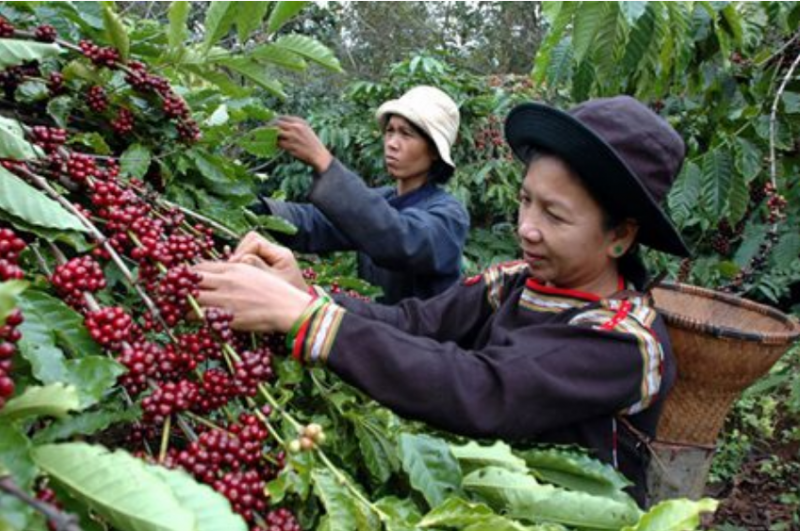
Vietnam: Vietnam's vast reserves of coffee beans are dwindling, a development that is expected to fuel already rising global prices.
Average estimates from a survey of traders predict that reserves will be halved by the end of September compared to a year ago. Vietnam, the second largest producer of coffee and the world's largest supplier of robusta, is also projected to see a decline in production in 2022-2033.
Falling stocks and a bleak crop outlook coincide with an improvement in the world's coffee consumption from virus-related declines. Benchmark robusta prices rose 17% from a 10-month low in mid-July on supply concerns from Brazil to Africa.
Robusta is making a comeback and is still used by makers of instant coffee, such as Nestle SA, or as a blend in espressos. People are looking for alternatives to offset the effects of rising inflation, and this variety, which is generally less expensive than Arabica, is in high demand.
According to customs data, the amount of beans available in Vietnam decreased as shipments rose 17% from a year earlier to 1.15 million tonnes. While the supply of ships and containers has improved, it may be difficult to sustain the growth in exports given the depleting reserves.
The chief executive officer of Phan Hung Anh, Quang Minh Coffee Trading JSC, in the southern province of Binh Duong, said "we are concerned" about the shortage in early November. According to him, local producers are likely to have only 2% of their annual production, down from 13% a year ago.
The global coffee market is experiencing one of its biggest losses in recent memory, following a drop in Brazilian production following drought and frost. While supplies from the 2021-22 harvest in Honduras, Guatemala and Nicaragua are running low, Colombia is still struggling to recover from the rains that damaged the crop. Crops for Costa Rica's upcoming season are showing signs of stress, and robusta yields in Uganda have been reduced by drought.
Prices of Vietnamese robusta in Dak Lac province, which produces about one-third of the country's crop, hit a record high of 49,100 dong ($2.10) per kilogram last week as inventory plummeted.
According to the survey, the carry-over stockpile at the start of the new season on October 1 is expected to be 200,000 tonnes, compared to an estimated 400,000 tonnes a year ago. According to the survey, the production may decline by 6% to 1.72 million tonnes in 2022-2023. 90% of the coffee produced in Vietnam is of the Robusta variety.
According to Do Ha Nam, president of Intimex Group and deputy head of the Vietnam Coffee and Cocoa Association, production will be affected in 2022-2023 by a reduction in planting area for "profitable" fruit trees and increased fertilizer prices. ,
As local crop surveys indicate that cherry growth has been hindered by a lack of fertilizer use this year, Citigroup Inc. has revised its forecast for coffee production in Vietnam this year and next. In a report earlier this month, it said that "this poses a substantial risk to the prospect of the upcoming planting season."
Vietnamese factories will produce Apple Watch and MacBook for Apple